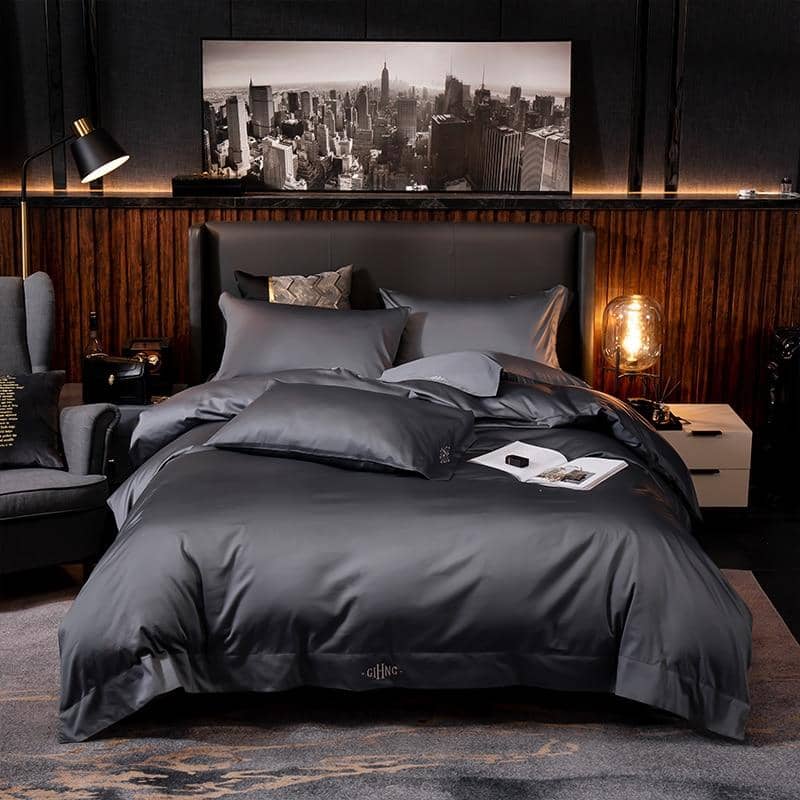Choosing the right furniture for your home can be tricky if you don’t know what to look for in each piece. While style, comfort, and other factors are important, the most important thing to consider when you choose new furniture is how it will impact the interior design of your home. Here are seven tips that will help you choose wisely!
1) Know What Kind Of Style You Have
First, think about what style you want to incorporate into your home. Is it modern? Rustic? Minimalist? Decide on one specific aesthetic and focus on accentuating that look throughout your house. By narrowing down your options, you can find furniture and accessories that are more likely to match your vision. Plus, deciding now will help eliminate a lot of potential hassle later on when picking out items for different rooms of your home.
2) Match Wall Paint To Flooring
With all of these items, you want to try to achieve a cohesive look. So if you’re using an earthy tone on your flooring, it makes sense to choose a neutral or natural shade for your walls. Conversely, if you have a lot of bold colors on your flooring, consider using pastels for walls and even fabrics (curtains and rugs) for extra cohesiveness.
3) Use Natural Light
Using natural light is not only great for your health, but it can also help you reduce electricity costs. If possible, make sure to install large windows that let in lots of light. Also, avoid using electric lights at night and opt for a lamp or candle instead.
4) Try New Pieces First
Many people who are redesigning their interiors assume that if they like a piece of furniture in one place, they’ll like it in another. This isn’t always true, so before you commit to buying anything new for your home, make sure you try out different pieces—in different rooms and with different finishes—before committing to buying anything. You may find that a $300 chair looks amazing in your dining room but is totally out of place in your bedroom or living room.
5) Think About The Environment You Live In
Think about your environment and which type of furniture is best suited for your space. For example, if you live in a small apartment in New York City, having a lot of extra seating might not be that useful. But if you’re designing an estate in Malibu, then it makes sense to buy more sofas and other seating options. Consider how much space you have and what will work best in your particular home or business.
6) Consider Functionality And Durability
Durability is key when it comes to choosing furniture, especially if you’re going to be investing in a specific piece for many years. If you’re looking for a bed frame or sofa that will last you through college and beyond, for example, choose pieces that are made of hardwood (instead of particle board) or metal frames. Stronger materials tend to be sturdier and more resistant to damage over time.
7) Decide On A Budget
Once you’ve finalized your design ideas, it’s time to think about budget. It sounds harsh, but it doesn’t mean being cheap. You can be creative and stick to a budget! The most effective way to do that is by looking at furniture from different stores and deciding how much money you want to spend.
1) Know What Kind Of Style You Have
First, think about what style you want to incorporate into your home. Is it modern? Rustic? Minimalist? Decide on one specific aesthetic and focus on accentuating that look throughout your house. By narrowing down your options, you can find furniture and accessories that are more likely to match your vision. Plus, deciding now will help eliminate a lot of potential hassle later on when picking out items for different rooms of your home.
2) Match Wall Paint To Flooring
With all of these items, you want to try to achieve a cohesive look. So if you’re using an earthy tone on your flooring, it makes sense to choose a neutral or natural shade for your walls. Conversely, if you have a lot of bold colors on your flooring, consider using pastels for walls and even fabrics (curtains and rugs) for extra cohesiveness.
3) Use Natural Light
Using natural light is not only great for your health, but it can also help you reduce electricity costs. If possible, make sure to install large windows that let in lots of light. Also, avoid using electric lights at night and opt for a lamp or candle instead.
4) Try New Pieces First
Many people who are redesigning their interiors assume that if they like a piece of furniture in one place, they’ll like it in another. This isn’t always true, so before you commit to buying anything new for your home, make sure you try out different pieces—in different rooms and with different finishes—before committing to buying anything. You may find that a $300 chair looks amazing in your dining room but is totally out of place in your bedroom or living room.
5) Think About The Environment You Live In
Think about your environment and which type of furniture is best suited for your space. For example, if you live in a small apartment in New York City, having a lot of extra seating might not be that useful. But if you’re designing an estate in Malibu, then it makes sense to buy more sofas and other seating options. Consider how much space you have and what will work best in your particular home or business.
6) Consider Functionality And Durability
Durability is key when it comes to choosing furniture, especially if you’re going to be investing in a specific piece for many years. If you’re looking for a bed frame or sofa that will last you through college and beyond, for example, choose pieces that are made of hardwood (instead of particle board) or metal frames. Stronger materials tend to be sturdier and more resistant to damage over time.
7) Decide On A Budget
Once you’ve finalized your design ideas, it’s time to think about budget. It sounds harsh, but it doesn’t mean being cheap. You can be creative and stick to a budget! The most effective way to do that is by looking at furniture from different stores and deciding how much money you want to spend.





Leave a comment
This site is protected by hCaptcha and the hCaptcha Privacy Policy and Terms of Service apply.